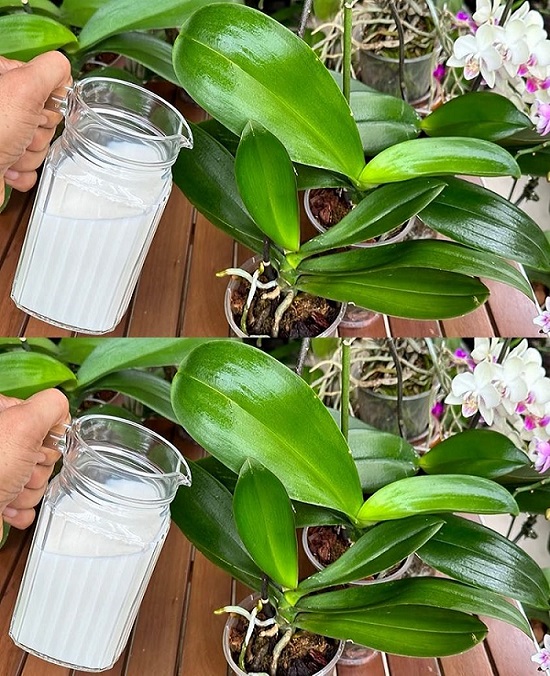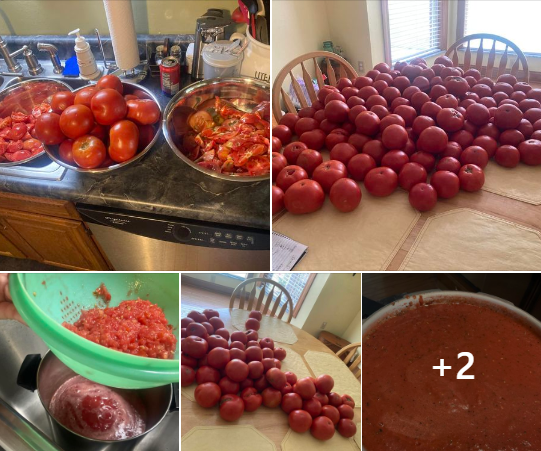Orchids, with their beautiful, sophisticated elegance, bring joy and evoke positive emotions. Proper nutrition plays a crucial role in their care, especially during their blooming phase. Providing the right nourishment is essential for the healthy development of these exotic plants at home. During the flowering period, orchids consume a lot of energy and resources, so introducing additional fertilizers can strengthen and improve their condition.
Caring for Orchids at Home
Understanding how to distribute fertilization frequency correctly and knowing what to feed your orchid is key to proper home care and achieving great results. Most experienced gardeners recommend reducing nitrogen fertilizers as much as possible, as they significantly slow down bud development by promoting leaf growth instead. Therefore, it’s advised to stop using nitrogen fertilizer a few months before the onset of flowering.
During the blooming period, it’s preferable to feed orchids with phosphorus or potassium fertilizers. These nutrients can stimulate the formation and development of the plant’s flower buds. Ideal choices are complex and balanced fertilizers specifically developed for feeding orchids. It’s essential to check the composition of the fertilizer to ensure it doesn’t contain nitrogen.
Remember, orchids best absorb nutrients from liquid substances, so it’s better to stick with them. Many gardeners recommend a complex fertilizer called Effect, designed specifically to ensure a lush and long-lasting bloom for orchids.
The Rest Phase of Orchids
After blooming, orchids enter a rest phase, beginning after the last flower withers without developing buds. The plant, having expended a great deal of strength and nutrients, needs time to recover. The success of the subsequent blooming largely depends on proper care during this period, including supplemental nutrition with a complex of all necessary trace elements and nutrients. This cycle of blooming and regeneration is the perfect life of an orchid.
Using Organic Materials as Fertilizer
Some growers prefer organic materials to feed their orchids. Traditional garden fertilizers (manure, compost, and humus) cannot be used in pots as they may burn the roots. To nourish orchids organically, consider using household remedies:
Tea or Coffee Infusions: They contain a range of mineral and biologically active elements in low concentrations that acidify the substrate.
Wood Ash: Rich in mineral salts, should be diluted with water and applied to the roots.
Banana Peel: A source of potassium. Soak the peel of a fruit in a liter of water for two days, then strain and dilute with water.
Potato Broth: Nourishes the plant with potassium and enhances blooming.
Fertilizers should not be applied while orchids are not growing. Typically, orchids enter a rest phase immediately after blooming.
A Wonderful Natural Ingredient for Orchid Bloom
Onion peel fertilizer contributes to the formation and growth of flower ovaries. To prepare the broth, you need a medium-sized onion, lightly soaked in its peel, and a glass of water. Cover the peel with water, boil for ten minutes, let it rest for one to two hours on low heat, then strain. Dilute the concentrate with room-temperature water to a light shade before applying it to the flowers.
Onion peels are also rich in various vitamins, potassium, phosphorus, and manganese. They contain carotene, an essential element that strengthens the plant’s immune system, enabling it to fight off a variety of bacterial and fungal diseases and thrive peacefully.”
This revised version provides detailed and practical advice for caring for orchids, including natural fertilization methods, making it a valuable resource for orchid enthusiasts seeking to enhance the beauty and health of their plants.



